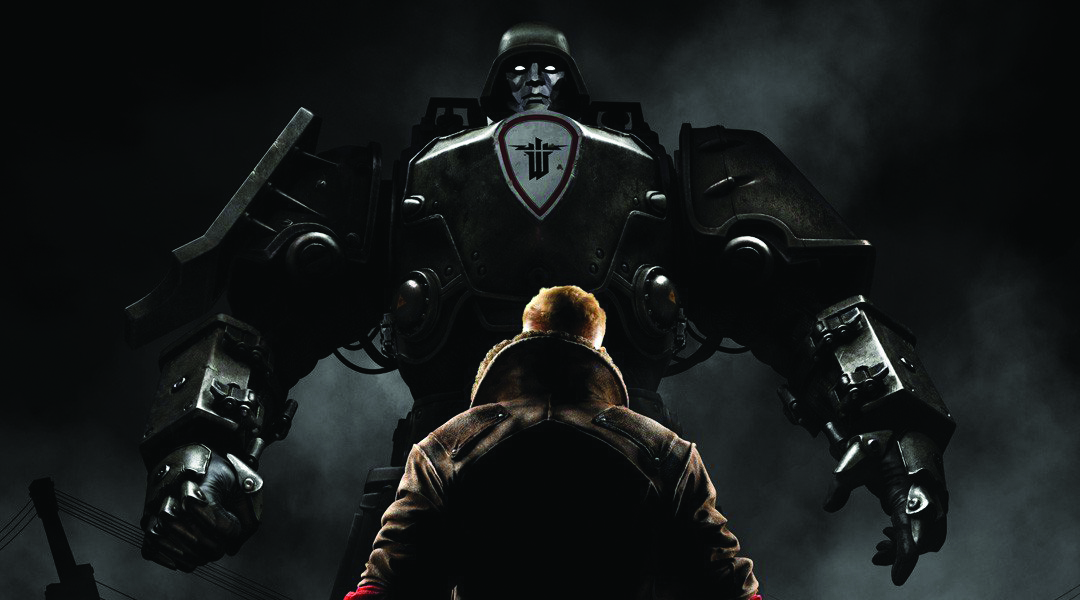Nazis have been the bad guys across television, film, and literature since the Second World War, and video games are no different. Machine Games’s “Wolfenstein II: The New Colossus,” published by Bethesda Softworks, is a direct sequel to 2014’s “Wolfenstein: The New Order;” the games are set in an alternate-history in which Nazi Germany, aided by mysterious hyper-advanced technology, won the Second World War and conquered the world. The protagonist, William “B.J.” Blazkowicz, is a Polish-American soldier who was knocked into a coma during the final offensive of the war before the Nazi victory. He awakens in an alternate 1960s, links up with the European resistance, and begins the fight once again. “The New Colossus” picks up where “The New Order” leaves off, with B.J badly wounded after killing the top Nazi scientist Deathshead. He is airlifted by his allies to a captured U-Boat, which serves as the base of operations for the game. The resistance now sets their sights on liberating America from Nazi rule.
Gameplay consists of missions across Nazi-occupied America to disrupt Nazi activity and collaborate with local resistance groups. Locations include the ruins of New York City, devastated by a nuclear blast; a secret research base in Roswell, New Mexico; and New Orleans, which has been converted into a ghetto for “undesirables.” Gunplay is fairly similar to “The New Order,” with players choosing from a variety of weapons, including the option of mixing and matching through a clunky duel-wield system. Stealth is an option, with the brutal knife-takedowns of “The New Order” somehow made even more violent through the addition of a hatchet. I found the level design less conducive to stealth than that of “The New Order,” with the player forced into more confrontations and alternate routes less intuitively placed.
The plot is a pretty standard affair, but provides enough twists to keep it fresh, with flashbacks to B.J.’s childhood providing depth to a character that has been only defined thus far by internal monologues about fallen comrades and the nature of war. Some new characters include Grace Walker, an American resistance leader, and her conspiracy theorist husband, Super Spesh. These two join the rag-tag, an honestly quite weird team of resistance fighters that provide a degree of comic relief between missions. Wolfenstein games have always had a degree of oddity and absurdity to them, despite the constant Nazi-killing themes, and it is best just to laugh and go along with it.
The game has attracted criticism from some members of the gaming community, who have attacked it for placing Nazis as the antagonists, arguing that this is the influence of Social Justice Warriors (SJWs), a pejorative catch-all commonly used to attack progressives. The term was popularized during the GamerGate movement, which was focused around intensely harassing female game developers. The critics fail to notice that Wolfenstein is a franchise that dates back to the 1980s, and has always been about fighting Nazis.
Bethesda, rather than attempt to appease these critics, has egged them on through their marketing of Wolfenstein, tweeting a video of B.J. punching a Nazi and the text, “If you are a Nazi GTFO,” and another reading “Not my America.” These tweets were accompanied by captions like “there is only one side” and “make America Nazi Free again.”
However, the developers have denied they took current events into account while making the game, which started development in 2014, long before anyone thought Nazis would be an issue in modern America. Pete Hines, the Vice President of Marketing at Bethesda, describes their intent while marketing the game in an interview with Rolling Stone
: “Ultimately the marketing and the game are about the same, simple message: Nazis are bad, and in ‘Wolf II’ you get to kick their asses and it’s fun. There are actual Nazis marching openly on the streets of The United States of America in 2017. B.J. would not be OK with that – we are not ok with that – and the marketing reflects that attitude.”



